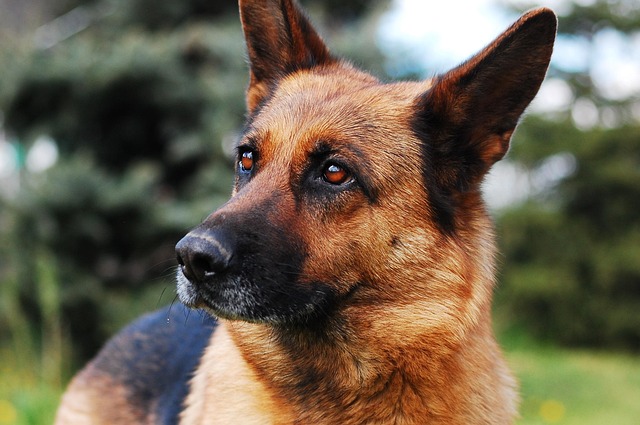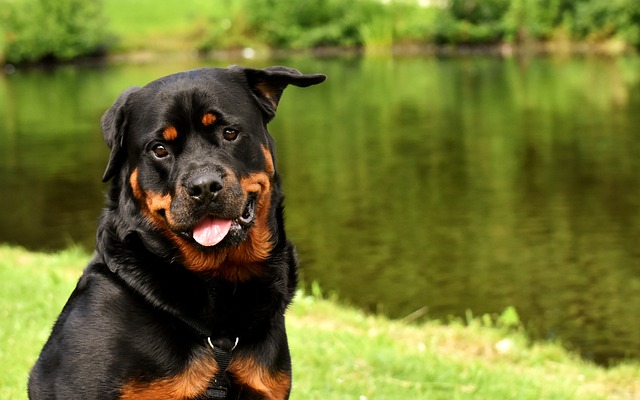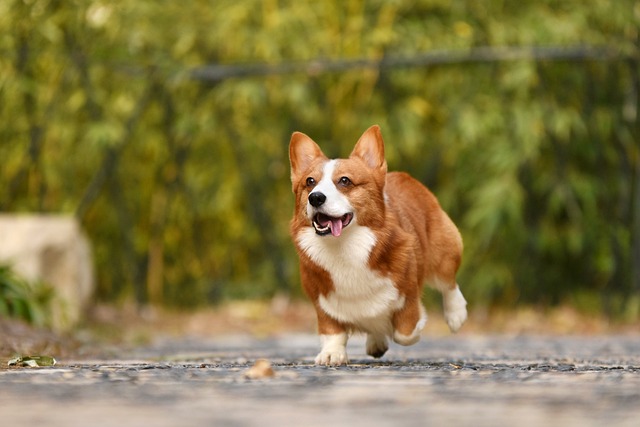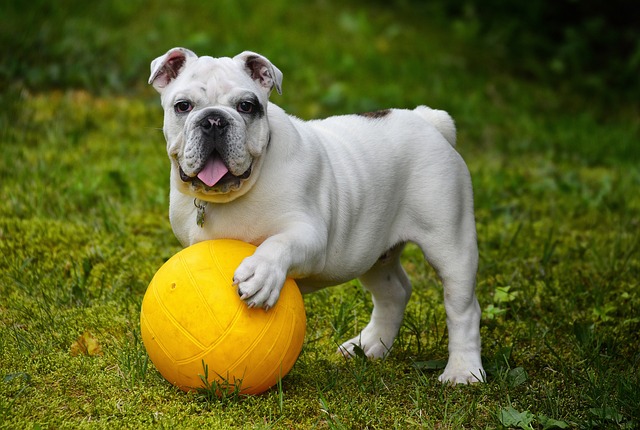
Are Pomeranians easy to housebreak?
Pomeranians, with their fluffy coats and spunky personalities, are a popular pick for many dog lovers, but their small size can make housebreaking feel tricky at first.
Belgian Malinois owners often wonder when to begin shaping their pup’s behavior—and the answer starts earlier than many expect. Most trainers recommend introducing basic commands like “sit” or “come” by 8 to 10 weeks old, right when your puppy settles into their new home. This aligns with critical socialization periods in canine behavior; missing this window can make later training harder, a point emphasized by experts in places like Colorado and the Netherlands. Always check local laws too—some regions require puppies to complete basic obedience before public walks, so staying compliant keeps you and your pup safe.
Start with short, fun sessions—5 to 10 minutes max—to match their tiny attention spans. Using treats like small pieces of plain chicken (no added salt or spices) works wonders, and it fits with common feeding norms across the US and EU. Avoid harsh corrections; positive reinforcement builds trust, which is key for this intelligent, high-energy breed. For example, owners in the UK often use clickers during early training to mark good behavior, a method that’s both effective and kind, and it adheres to most animal welfare guidelines.

By 12 to 16 weeks, you can step up to leash training, especially since Belgian Malinois love to move. Use a lightweight harness (not a choke chain—many places ban these for puppies) and practice in quiet parks first, away from busy streets. This helps them get used to new sights and sounds without feeling overwhelmed, a strategy favored by trainers in Germany and Canada. Remember, local rules might restrict off-leash time for young pups, so always stick to designated areas to follow the law.
Socialization is just as important as commands—expose your Malinois to other dogs, kids, and different environments by 14 weeks. A trip to a pet-friendly café (common in cities like Paris or Portland) or a playdate with a calm adult dog teaches them to stay calm in new situations. This reduces anxiety later on, which is crucial for a breed prone to protectiveness. Also, some regions require puppy socialization classes as part of licensing, so enrolling early keeps you on the right side of local regulations.
Training a Belgian Malinois is a journey, but starting between 8 and 10 weeks sets a strong foundation for a well-behaved adult dog. Focus on short, positive sessions, prioritize socialization, and always follow local laws—whether that’s leash rules in Australia or obedience class requirements in Sweden. With patience and consistency, you’ll tap into their incredible intelligence and build a bond that lasts a lifetime, making every training session feel like a win for both of you.

Pomeranians, with their fluffy coats and spunky personalities, are a popular pick for many dog lovers, but their small size can make housebreaking feel tricky at first.

Many new dog owners quickly learn that potty training success varies wildly by breed, and some pups pose unique challenges.

If you live in a high-rise apartment or a home without immediate yard access, training pads can feel like a lifesaver during the potty training phase.

Welcoming a Pitbull puppy into your home brings immense joy, but also a big responsibility—especially when those sharp little teeth start testing your skin.

It’s a classic new-puppy scene: one minute you’re gently stroking their soft fur, the next, you’re yelping as those needle-like teeth latch onto your hand.

If you’re tired of bandaging tiny bite marks on your hands or watching your puppy turn your favorite throw blanket into a chew toy, you’re probably desperate to stop the nipping